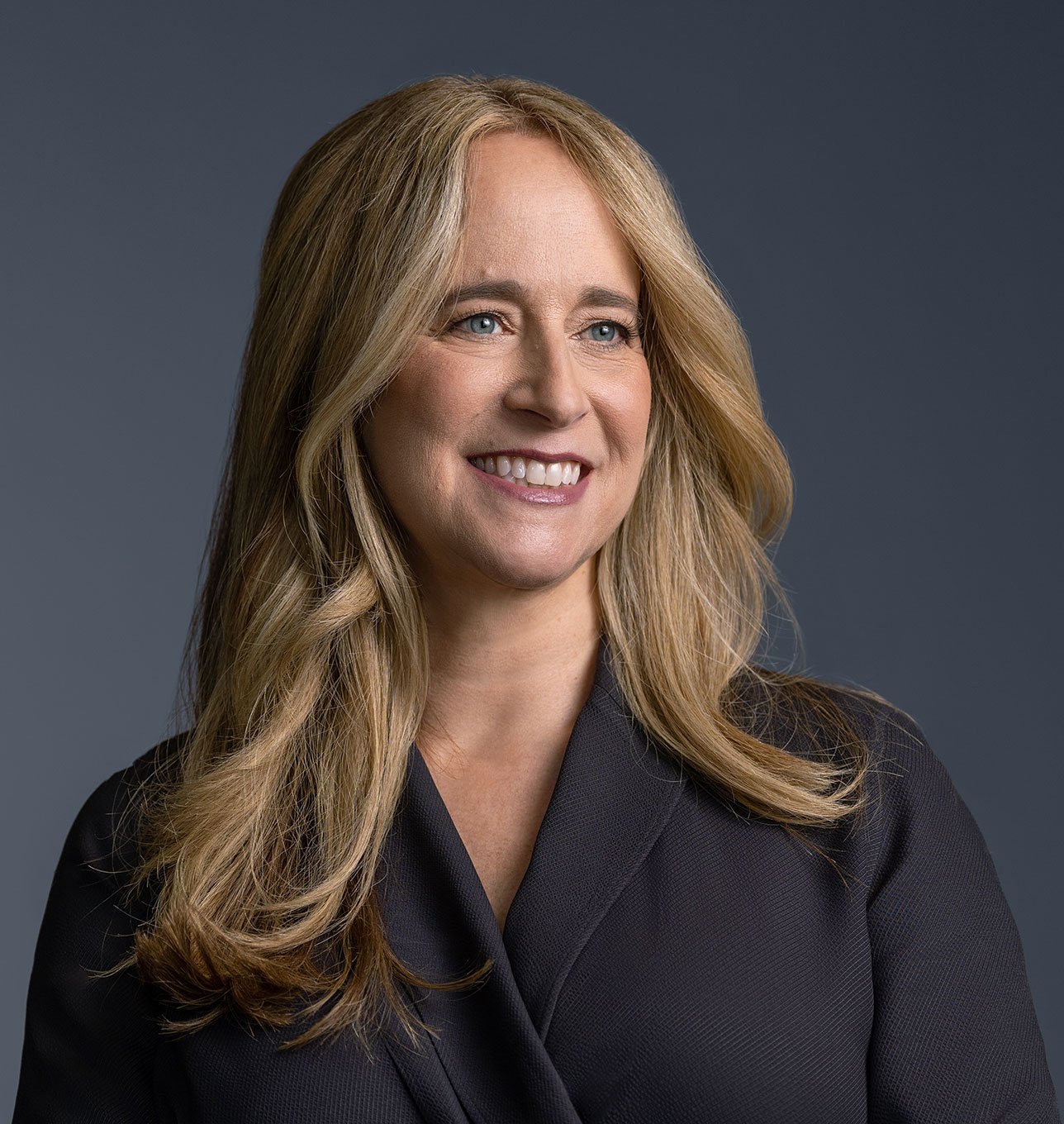Federal Reserve Establishes New TALF Program
The Federal Reserve announced on March 23, 2020, that it is establishing the Term Asset-Backed Securities Loan Facility ("TALF 2020") to facilitate the issuance of asset-backed securities ("ABS") on or after March 23, 2020, and improve market conditions for such new ABS. The goal of TALF 2020 is to enhance the issuance of ABS backed by consumer and small business loans and is aimed at supporting US households, businesses and the US economy and to promote employment and stabilization of the financial system.
Under TALF 2020, a special purpose entity ("TALF SPV") will make loans available to borrowers as described in more detail below. Any such loans will have a three-year term, be fully secured by eligible ABS and will be non-recourse to borrowers. To support this facility, the Federal Reserve Bank of New York has committed to lend up to $100 billion to the TALF SPV on a recourse basis, and the US Department of Treasury will make an equity investment of $10 billion in the TALF SPV.
The Federal Reserve has issued a term sheet1 that describes the TALF 2020 program at a high level and appears to be substantially similar to the term asset-backed securities loan facility program established in 2008 ("Original TALF"). TALF 2020 is subject to more detailed terms and conditions that have yet to be released. This Legal Update summarizes the terms and conditions currently applicable to TALF 2020.
Eligible Borrowers. Unlike Original TALF, which included natural persons that were US citizens to be eligible borrowers, TALF 2020 is limited to US companies2 that own eligible collateral and maintain an account relationship with a primary dealer. A list of primary dealers is expected to be included in the yet-to-be-released terms and conditions.
Eligible Collateral. Eligible collateral is initially limited to ABS where the underlying securitized assets are (1) auto loans or leases, (2) student loans, (3) credit card receivables (both consumer and corporate), (4) equipment loans, (5) floorplan loans, (6) insurance premium finance loans, (7) certain small business loans that are guaranteed by the Small Business Administration or (8) eligible servicing advance receivables. The term sheet notes that we must await the issuance of detailed terms and conditions that will further define the eligibility of the underlying securitized assets, but these terms and conditions are expected to be largely consistent with Original TALF. Of particular interest is the types of assets that will be eligible under the equipment loans category, as equipment loans have a broad meaning to market participants that includes items from commercial and agricultural equipment to heavy and medium duty trucks and buses to copiers and other small office equipment.
Popular asset classes, such as consumer and market place unsecured personal loans, residential and commercial mortgage loans, wireless device payment plan agreement receivables, rental cars receivables, timeshares, transportation assets (shipping container, railcar and aircraft receivables) and whole business securitizations, are not expressly eligible to be financed through TALF 2020. Small business loans that are not guaranteed by the Small Business Administration are also not eligible. As noted above, the equipment loan category has a broad market interpretation and may include some of these assets. We hope that the terms and conditions will detail as to what is intended to be included in the equipment loan category. The term sheet notes that the Federal Reserve may consider additional eligible asset classes in the future, and we would expect trade associations and finance companies originating excluded assets to request the expansion of eligible asset classes like we saw under Original TALF.
The collateral eligibility criteria require that all or substantially all of the underlying credit exposures must be newly issued. Unfortunately, the term sheet does not define or provide detail as to what is considered newly issued, so market participants must wait for the detailed terms and conditions to the issued. We note that, under Original TALF, underlying securitized assets originated some period of time prior to creation of the Original TALF program were eligible assets and not just assets originated after the establishment of the Original TALF program. We are hopeful that the Federal Reserve will take the same approach under TALF 2020, otherwise the effectiveness of TALF 2020 to facilitate and support the ABS markets will be diminished as issuers will not be able to immediately benefit from the program.
Moreover, the underlying securitized assets cannot include exposures that are themselves cash ABS or synthetic ABS, and all or substantially all of the underlying securitized assets must have been originated by a US company.
ABS eligible for financing under TALF 2020 must be issued on or after March 23, 2020, so borrowers cannot finance their legacy ABS. Eligible ABS are required to be US dollar denominated cash (that is, not synthetic) and cannot bear interest payments that step up or step down to predetermined levels on specific dates.
Although there are a number of ABS issuances done with a single credit rating or without obtaining any credit rating, TALF 2020 requires eligible ABS to have a credit rating in the highest long-term or the highest short-term investment-grade rating category from at least two eligible nationally recognized statistical rating organizations (“NRSROs”) and do not have a credit rating below the highest investment-grade rating category from an eligible NRSRO. As a result, ABS with investment grade credit ratings that are below "AAA" are not eligible collateral.
Collateral Valuation. The pledged ABS will be valued and assigned a "haircut" according to a schedule based on its sector, the weighted average life and historical volatility of the ABS. The Federal Reserve has yet to publish this schedule but has indicated that valuation will be roughly in line with the Original TALF facility.
Pricing. For eligible ABS with underlying credit exposures that do not have a government guarantee, the interest rate for loans under TALF 2020 will be 100 basis points over the two-year LIBOR swap rate for securities with a weighted average life less than two years and 100 basis points over the three-year LIBOR swap rate for securities with a weighted average life of two years or greater. The pricing for other eligible ABS will be set forth in the detailed terms and conditions.
Fees. Borrowers will be required to pay the TALF SPV an administrative fee equal to 10 basis points of the loan amount. Such fee will be due and payable on the settlement date for the ABS collateral.
Maturity. Each loan will have a three-year maturity.
Non-Recourse. Loans will be made without recourse to the borrowers provided the requirements of TALF 2020 are met.
Prepayment and Substitution of Collateral. Borrowers may prepay loans in whole or in part at any time. Substitution of collateral during the term of the loan is generally not permitted.
Program Termination. The TALF SPV will not make loans under TALF 2020 after September 30, 2020, unless such date is extended by the Board of Governors of the Federal Reserve.
The market is awaiting the Federal Reserve's issuance of the terms and conditions that will further detail the requirements of TALF 2020.
1 A copy of the Federal Reserve's term sheet can be found at https://www.federalreserve.gov/newsevents/pressreleases/files/monetary20200323b3.pdf.
2 A "US company" is defined as a US business entity organized under the laws of the United States or a political subdivision or territory thereof (including such an entity that has a non-US parent company), or a US branch or agency of a foreign bank.







